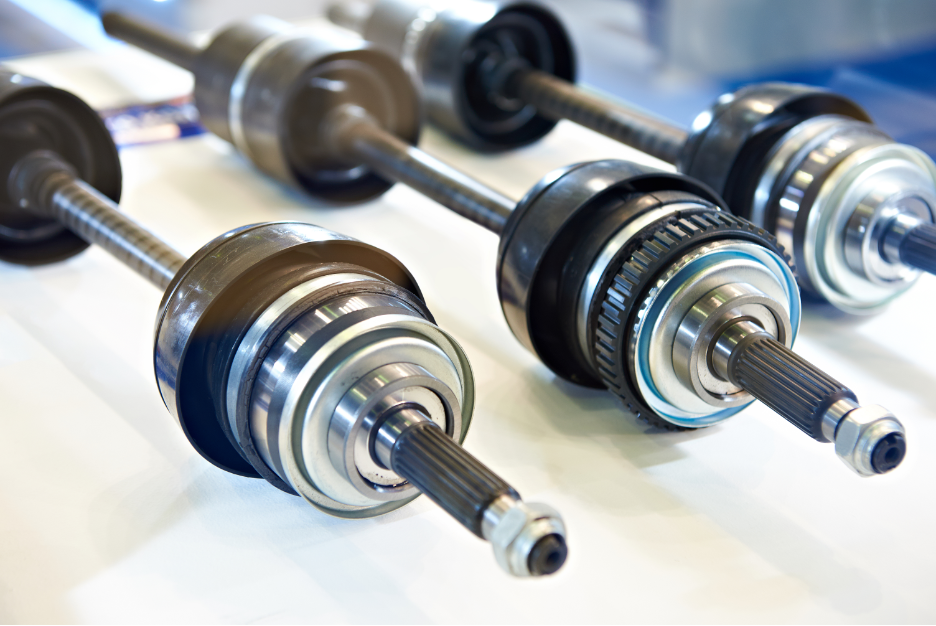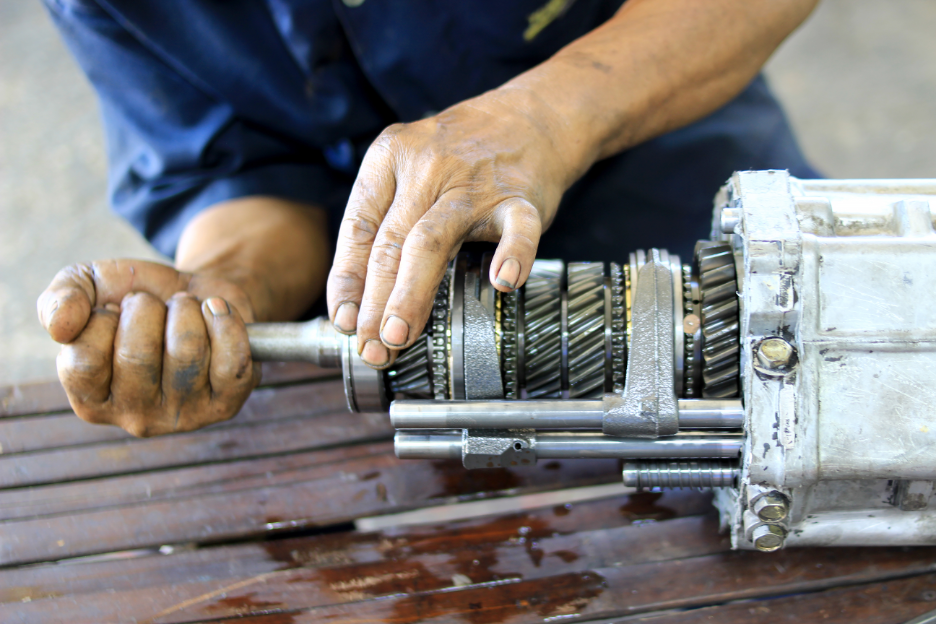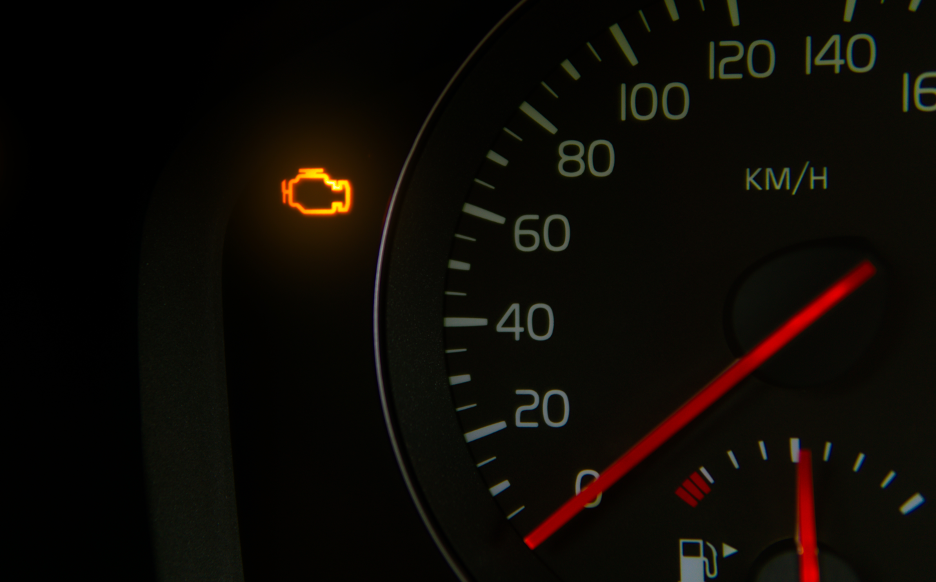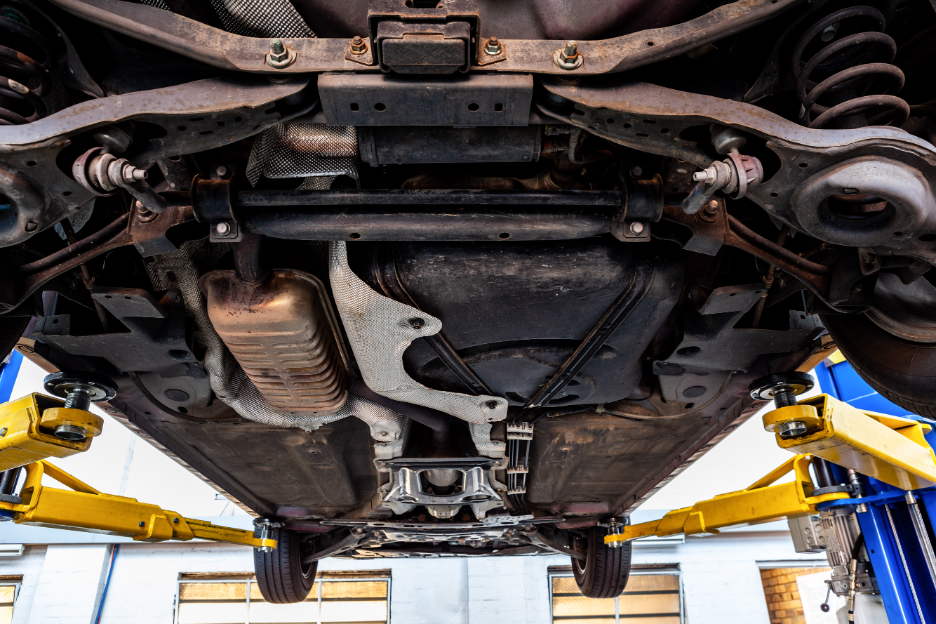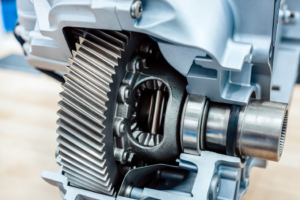 Vehicle transmissions consist of a number of components, each of which is vital to their operation. To truly understand the way in which the transmission operates, you need to first gain an understanding of the many components.
Vehicle transmissions consist of a number of components, each of which is vital to their operation. To truly understand the way in which the transmission operates, you need to first gain an understanding of the many components.
Fortunately, we’re here to help you do that. Below, we’re going to discuss the importance and function of the transmission’s components, helping you to build a better understanding of the transmission as a whole.
Hydraulic System
Consisting of a series of strategically-placed tubes, the hydraulic system is responsible for delivering transmission fluid to various parts of the transmission. Serving as the circulatory system of the transmission, it ensures that the transmission’s many moving parts are working in harmony, reducing friction and allowing for max efficiency.
In addition to providing lubrication to the transmission, the hydraulic system also assists in cooling the transmission. While traditional hydraulic systems operated without the use of electricity, many modern systems utilize electrical components in order to maintain greater consistency.
Gears
The components that allow transmissions to increase and reduce power in their respective vehicles are their gears. The gears contained within a transmission align in different positions depending on the power produced by the vehicle’s engine. As speeds are increasing or decreasing, the positions of these gears will change.
When using a manual transmission, the driver, has to shift the gears on their own. This is done with a gear shift knob and a clutch pedal. You can find more information about that process here.
When using an automatic transmission, you’ll enjoy the benefits of a planetary gearset. A planetary gearset is laid out in a way that allows specific gears to shift on their own as speeds increase and decrease.
Torque Converter
Torque converters are exclusive to automatic transmissions. These components are responsible for transferring engine power to the vehicle’s axles, allowing wheels to turn smoothly and consistently.
Contained within the torque converter are three sub-components. These include the turbine, the impeller, and the stator. Should even one of these components experience an impairment, your torque converter would cease to operate at its max capacity.
Computer
Computers are everywhere these days, and your vehicle’s transmission is no exception. The computers contained within transmissions are responsible for communicating with the rest of their corresponding vehicles.
They sense everything from the vehicle’s speed, to the position of its brake pedal, and more, and then relay that information to the other components contained within the transmission. This communication allows these components to perform optimally, resulting in maximum efficiency.
Transmission computers are growing increasingly more sophisticated, with some even possessing the ability to learn your driving style and make changes to accommodate it. These computers optimize efficiency and allow transmissions to thrive for as long as technologically possible.
Gaskets
Because they make use of transmission fluid, transmissions have a need for seals and gaskets. These components are used to keep the transmission fluid inside the transmission, ensuring that it doesn’t leak out over time.
Different transmissions have different numbers of gaskets. However, the vast majority have two seals—one that is located on the front of the transmission and one that is located on the back.
Make Use of Transmission Repair in Chicago
If you’re reading up on transmission components, it might be because your transmission is no longer performing as it should. If so, and if you’re in need of transmission repair in Chicago, King Transmission Company is the company to call.
In business since 1954, we’ve repaired thousands upon thousands of transmissions over the years. It doesn’t matter which make and model of vehicle you drive, we can fix it.
Utilize our repair services by contacting us today!

